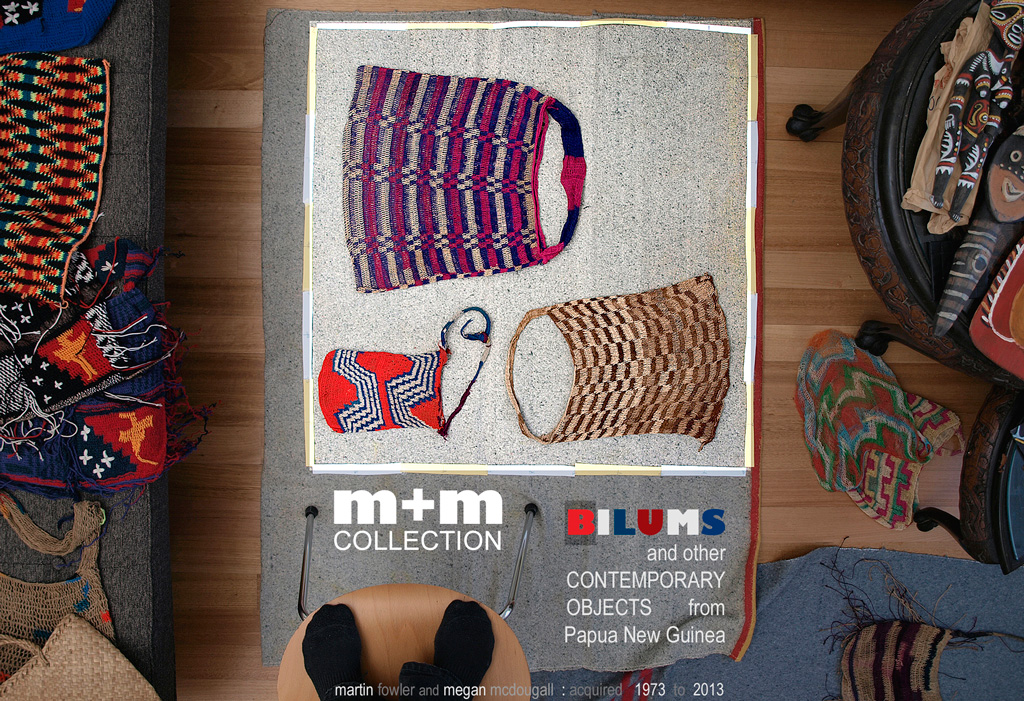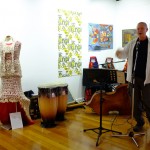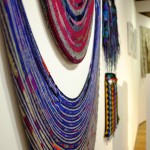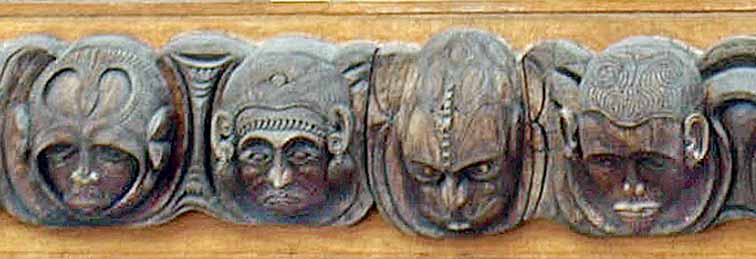
“‘A toad in a reliquary. When will the French understand the sanctity of their monuments?’ exclaimed Victor Hugo in 1836 after visiting the abbey transformed into a penitentiary. ” from the brochure Mont-Saint-Michel, Éditions Du Patrimone, 2008.
I have been saddened by the reports and commentary on the drama and saga that emerged over the removal and desecration of the carved lintel on the facade,. and proposals to remove some more key narrative elements of the Parliament House in Waigani, December 2013. There is a petition you can sign and send digitally at
http://www.avaaz.org/en/petition/The_Prime_Minister_of_Papua_New_Guiinea_Stop_the_speaker
On that site is a very good description of the outrageous action of the Speaker and a concise and quite powerful rebuke and the petition points.
PNG Attitude : Keith Jackson and Friends blog is covering developments and helping campaign to protect PNG’s cultural heritage interests. Just scroll down through the entries at
http://asopa.typepad.com/asopa_people/
What makes this new episode worse for me is the fact that the national sacred site of the old House of Assembly/First Parliament of the nation, in downtown Port Moresby has gone. And I was the editor and on the committee for developing the design brief for the new one. The destruction of the old House of Assembly building and its replacement by a very high rise development (and a mockery as a memorial to it) only last year.
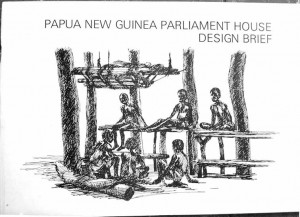
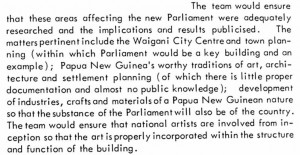
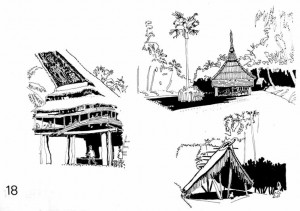
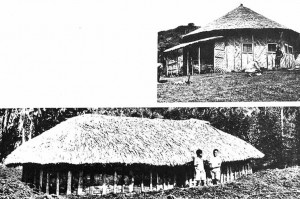
The recent HofA saga, and a bit of history, is way down the list now on my blog, https://martinfowler.com.au/2013/07/ , just scroll down to it, or go to ARCHIVES: JULY 2013 and scroll down from there.
I see are a number of serious implications and potential ramifications to this new action if it is not dealt with quickly and decisively, and if some further actions and remedies are not taken as a matter of urgency.
The first disturbing implication is that a singular person in a position of some power thinks he has the right to unilaterally override the majority on blinkered, and presumed (or deluded) ‘high moral grounds’.
The ramification from that is that it could be seen to ratify the delusions held by, and inspire more irrational actions by his ilk of fellow believers. It signals that they can go back to the hardline ‘fire and brimstone’ terrorising of their communities around the country. Dark ages again, as pointed out in the “typed” commentary.
Many former hardline preachers (at least in parts of the East Sepik) have been recently convinced by many of the young and educated people (men and women) of their communities that most elements of traditional Melanesian culture are important and are not evil. They agree that ancestral and totem carvings, origin legends and so on, are not bad in themselves —and it is mainly the bad use of sorcery to which they object now.
A rising and articulate new generation has argued the right to know, understand and embrace elements of their own cultural heritage and that much of the symbolism relates to the importance of the protection of the local environment for the health of the community. They say traditional knowledge is also important because this historical background enriches their understanding of their place within a wider genealogy and of social the control mechanisms and ethos for the greater good. It allows them to define their unique personal, local and national identity and builds their self esteem and pride in their communities.
There is more than a glimmer of new reason and pride and enjoyment in the air. It is critical to dispel any notion by a fanatical minority that the dark oppression of bigotry can be reinstated.
Now, a very important part of nation building at independence was to do with generating a sense of unity for a mass of distinct and often competing (in places waring) communities. The idea used was to seek the common essences of what it meant to be Melanesian, and though cultural means —both traditional and contemporary— to forge and identity for the nation.
This was done by such founding fathers and women of the nation as Michael Somare, Meg Taylor, Alkan Tololo, Tamo Diro, Bernard Narakobi, Bart Philemon and many others. The flowering of the National Arts School and the artists, writers, musicians of the time were a visible and popular face to the ability of tradition and modernity to work together to find bonds throughout being Melanesian together, to respect heritages and to forge modern expressions of identity and of living in a new nation. It is abundantly clear in any form of celebration anywhere within the nation, and especially on the 16th of September each year, how successful was that endeavour.
The actions at the Parliament House by the Speaker is an insult to those elders of the nation and as well to the pride of the ordinary people in their national identity.
The brief for the design of the new parliament saw that project, as was the case with the earlier design of the new Museum at Waigani (formerly housed under the House of Assembly), as needing to be a proud new symbol of identity for the new nation. The call was for a building that was modern but recognisable as from, and of Papua New Guinea replete with PNG forms and decoration. Although the process of implementing the brief was fraught (but that is another story) the building, nevertheless has become a much loved showpiece of the nation.
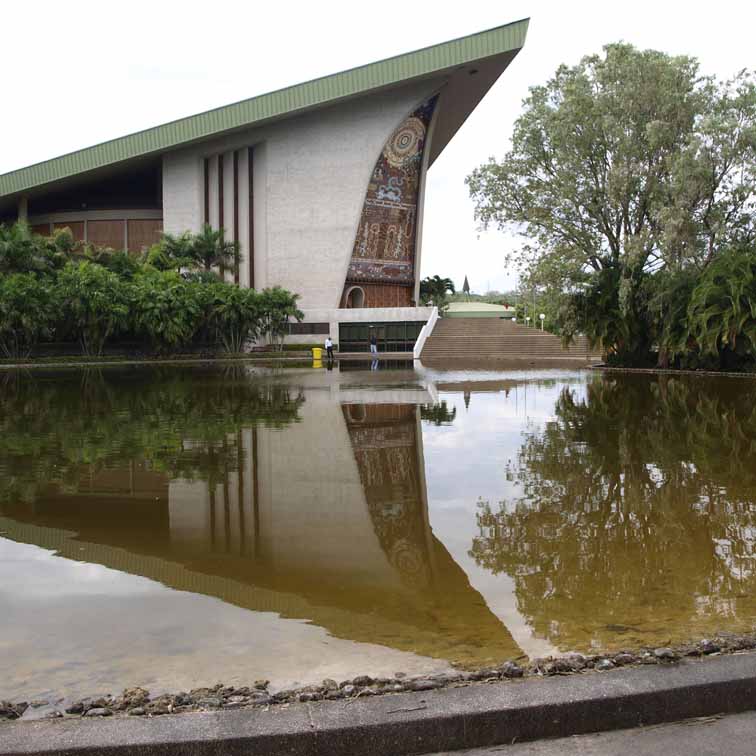
As with the National Museum next door, the National Art School co-ordinated the artworks for Parliament including work by new artists like Martin Morabubuna, David Lasisi and Joe Nalo among others, and by traditional village artists who were brought in to the school as artists in residence. The cohort at the Art School included playwrights and actors like Nora Vagi Brash and Arthur Jawambari and musicians like the Sanguma Band and the interactions of diverse thinkers was part of their strength. As well, the boards of the cultural institutions including, the National Cultural Council, and the Institiute of PNG Studies consisted of a ‘who’s who’ of the intellectual, administrative and political leaders of the nation at the time.
The late Martin Morabubuna, who really deserved to be honoured as a living national treasure, made an impassioned plea in July this year at a public lecture at UPNG for support for contemporary artists in PNG today as he listed the currently woeful neglect of the ideals and functions (and the built fabric) underpinning such formerly great institutions as the National Art School and the Institute of PNG Studies.
It was some carefully selected respected artists, who interacted within tithe vibrant NAS milieu in the 1970s and early 1980s, who carved the posts for the entry building of the Museum next door, and the lintel that has been destroyed at Parliament house. Their works deserve respect on a number of levels. These are heritage items of the nation and important for the stories they tell —not literally just those of the carved heads on the lintel, for example, but, of their place in the narrative of the nation itself.
Look again at the details opening this article above. These are more like idealised portraits than even ancestor faces on ant haus tambarans that I have seen —and they look like they are intentionally more universal that clan specific. The misreading of these by the Speaker show ignorance, lack of artistic awareness and reveals his bigotry and intolerance. Not good attributes for the position he holds in the most important democratic institution of the nation.
The Parliament building is universally known and respected within the nation for its uniqueness and PNG symbolism. How dare anyone take it upon themselves to singlehandedly, and against majority opinion, and in violation of the rights of others in a democracy to have contrary beliefs, vandalise this icon? to attempt to erase this history and the evidence of it that the artwork passes on in material form.
MODERN HERITAGE
What also seems to be evident here is that heritage buildings from the modern era have not been given the status that they deserve as treasures of the nation. The Parliament is a modern building as is the Museum and the High Court on either side, but they have heritage value due to the social, political and cultural and historic events of which they were key material parts and symbols each in their own way. They, and a number of earlier significant sites, have not been accorded the respect such relics would be given in most nations. They do not have adequate administrative, interpretation and statutory resources with enough authority to look after them and to promote their value within the nation and without.
The majority of PNG citizens are young, and most were born after independence. A lot of influential or recently wealthy people seem to also have developed cultural amnesia. These groups don’t really know much about the relevance of this recent but formative past.
If enough of the significant sites of the modern era are to survive for the enrichment of the experience and understanding of new generations, then their protection and promotion needs to be properly resourced and set up. Otherwise repeats of the House of Assembly, Burns Philp HQ building, the Paga Hill drama, and now this drama at the Parliament House will keep occurring.
The issue here is wider than being just a local Port Moresby thing. For example, the old House of Assembly was not just a national sacred site where the development new country was controlled, negotiated and born. But, it should also have been seen an important Australian heritage site. The new Parliament House building (yes the one being vandalised by the Speaker), was also a gift to the nation by Australia. There are many similarly important shared heritage sites all around PNG, most languishing in neglect, but most luckily undisturbed.
Australia had pride in its efforts to develop the country to the point where it could become a nation. Australians who were in the Administration, in business, or with the Commonwealth were mostly very proud of their roles. They had kids, and grandchildren. Nostalgia would bring many to visit such icons —just think of the one case where this has been celebrated and managed, the Kokoda Track.
SHARED CULTURAL HERITAGE
There is a body of shared heritage sites in the country where PNG and Australia, and countries like Germany, Japan, USA and others left material remnants and relics. These constitute a largely unrecognised and certainly un-promoted shared heritage of considerable value. It is probably about time that all these sites are given recognition, support, protection. And that their value is promoted and that respect is generated before cultural amnesia sets in and everyone looses the evidence of this richness forever.












